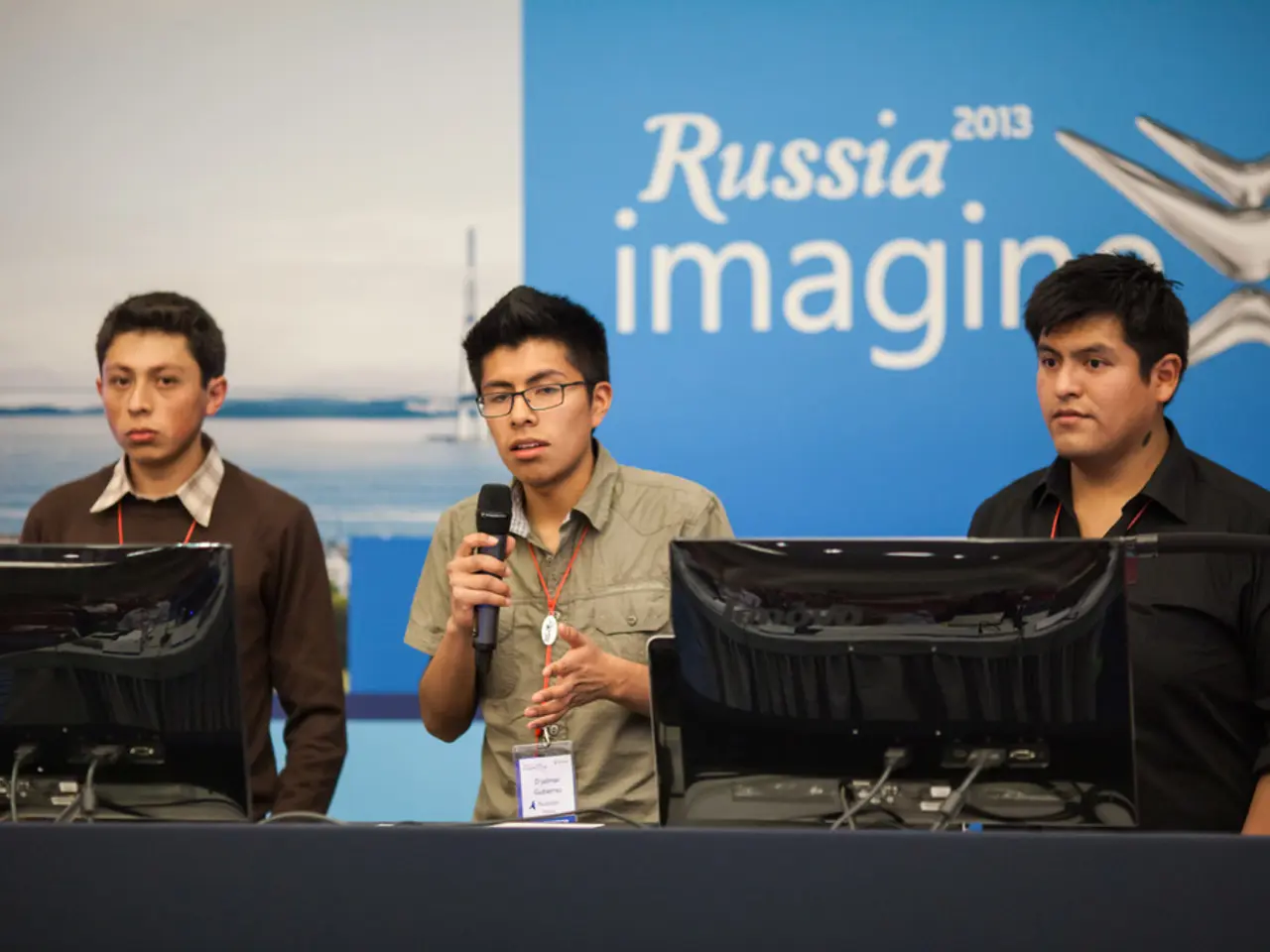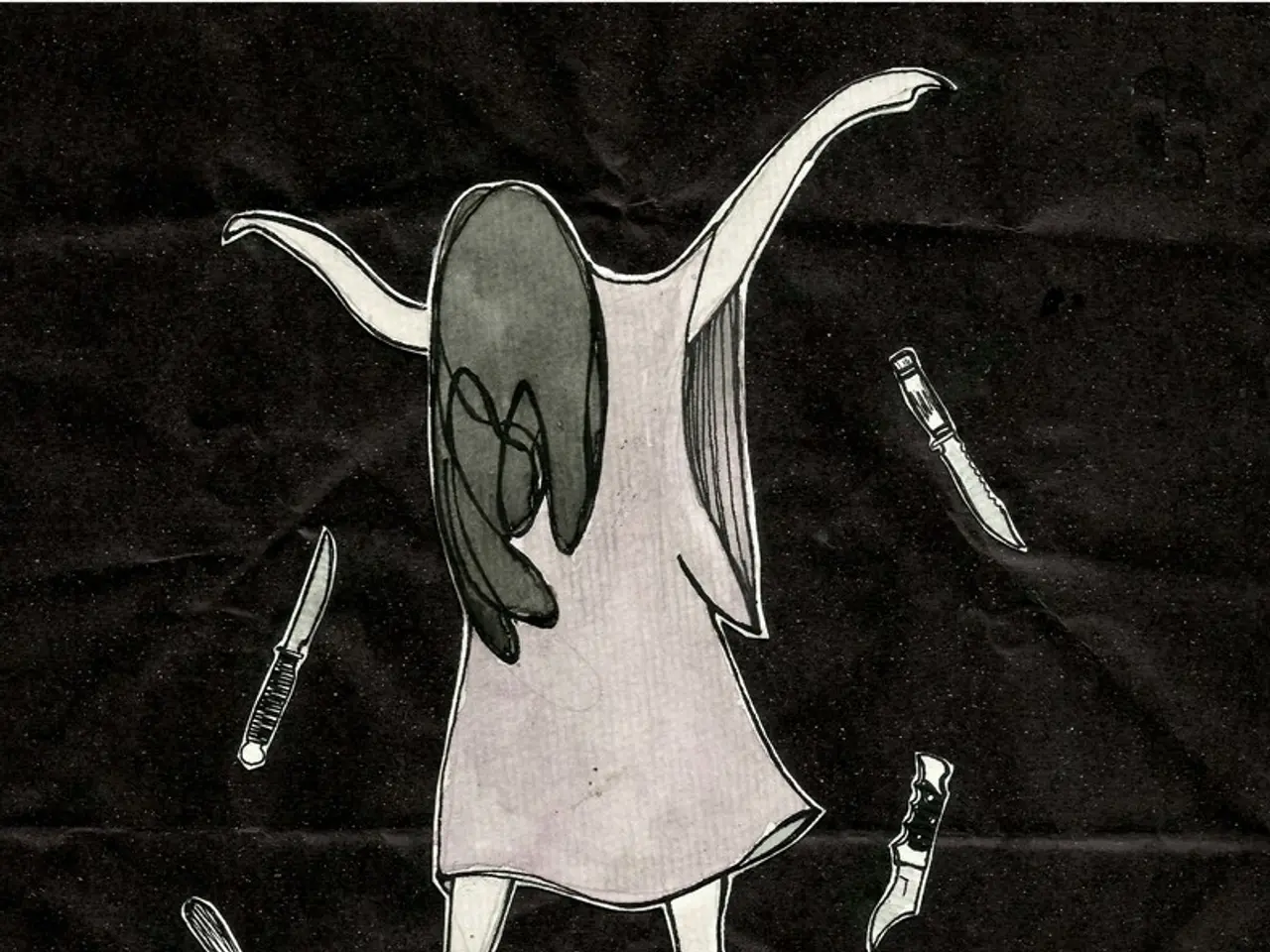Escalating Trade Measures: Act Imperils Russia and Its Allies with Potential 500% Duties on Imports
The Sanctioning Russia Act is a bipartisan piece of legislation that aims to impose significant economic penalties on countries continuing to trade with Russia, particularly those purchasing Russian energy such as oil, gas, and petroleum products. The proposed tariffs could reach an unprecedented 500%, targeting countries like India, China, and Brazil, who remain significant buyers of Russian energy [1][2][4].
These tariffs, defined as secondary tariffs, are penalties on third-party nations doing business with a sanctioned country. They are intended to isolate Russia economically by punishing its allies or trade partners [1][2][4]. The tariffs could escalate every 90 days if the trading continues, potentially reaching even higher penalty levels.
For countries like India, China, and Brazil, this legislation could pose challenging decisions. India, for instance, has defended its trade with Russia for energy security reasons, but the hefty tariffs threaten Indian exports to the U.S. and could strain India’s foreign policy, especially as New Delhi wants to balance its relations with Russia and the West [2].
China, a significant energy purchaser from Russia, risks substantial economic disruption. The tariffs would threaten China’s exports to the U.S., complicating already tense U.S.-China relations [1][2]. Brazil could also face steep trade penalties, impacting its economic relations with the U.S. and global markets if it continues Russian trade [1][2].
The legislation allows the U.S. President a waiver clause to exempt certain countries, creating possible room for strategic negotiation or exemptions. However, the overall tone is strict, warning that continued economic engagement with Russia amid the war in Ukraine will carry harsh consequences [2].
In addition to the Sanctioning Russia Act, President Trump has previously vowed to impose 100% secondary tariffs on any nation that maintains trade ties with Russia. The U.S. government is also considering additional ways to isolate Moscow's economy, including raising tariffs on countries with Russian oil purchases [4].
Meanwhile, the Russia-Ukraine war, now in its third year and fifth month, continues, with Russian President Vladimir Putin agreeing to hold a meeting with President Donald Trump and potentially Ukrainian President Volodymyr Zelenskyy "in the coming days" [5]. It remains unclear whether this meeting is a direct result of the proposed tariff measures.
The shadowy fleet of 'ghost ships' ferrying Russian oil to Indian ports adds another layer of complexity to the situation [6]. The meeting between Putin and Trump, if it occurs, could potentially mark the first meeting between the leaders since the start of Moscow's war [5].
References:
[1] Associated Press. (2022, August 4). U.S. Senate approves bill to impose 500% tariffs on Russia. Reuters. https://www.reuters.com/world/us/us-senate-approves-bill-impose-500-tariffs-russia-2022-08-04/
[2] Feldman, A. (2022, August 5). U.S. Senate passes bill to impose 500% tariffs on Russia, setting up showdown with Biden. CNN Politics. https://www.cnn.com/2022/08/05/politics/us-senate-russia-tariffs-bill/index.html
[3] European Union. (2021, December 8). EU sanctions on Russian oil. https://ec.europa.eu/info/business-economy-euro/energy/sustainable-energy/sustainable-energy-policy-eu/eu-sanctions-russian-oil_en
[4] Krauss, C. (2022, August 5). U.S. Senate approves bill to impose 500% tariffs on Russia. The New York Times. https://www.nytimes.com/2022/08/05/us/politics/us-senate-russia-tariffs.html
[5] Reuters Staff. (2022, August 5). U.S. Senate approves bill to impose 500% tariffs on Russia. Reuters. https://www.reuters.com/world/us/us-senate-approves-bill-impose-500-tariffs-russia-2022-08-04/
[6] Nair, S. (2022, June 29). Ghost ships ferrying Russian oil to India. The Diplomat. https://thediplomat.com/2022/06/ghost-ships-ferrying-russian-oil-to-india/
- The proposed tariffs, as part of the Sanctioning Russia Act, aim to discourage trading with Russia, including the purchase of oil, gas, and petroleum products, and could potentially deter nations like India, China, and Brazil due to the high penalties on third-party nations conducting business with sanctioned countries.
- The tariffs, which could escalate every 90 days if trading continues, pose challenging decisions for countries like India, China, and Brazil, as they may need to balance their energy security needs with the potential economic disruption and trade penalties from the U.S.
- In addition to the tariffs, the legislation provides the U.S. President a waiver clause to exempt certain countries, which could open possibilities for strategic negotiation or exemptions, especially considering the ongoing war-and-conflicts between Russia and Ukraine and the political implications for general news, crime-and-justice, and policy-and-legislation.







